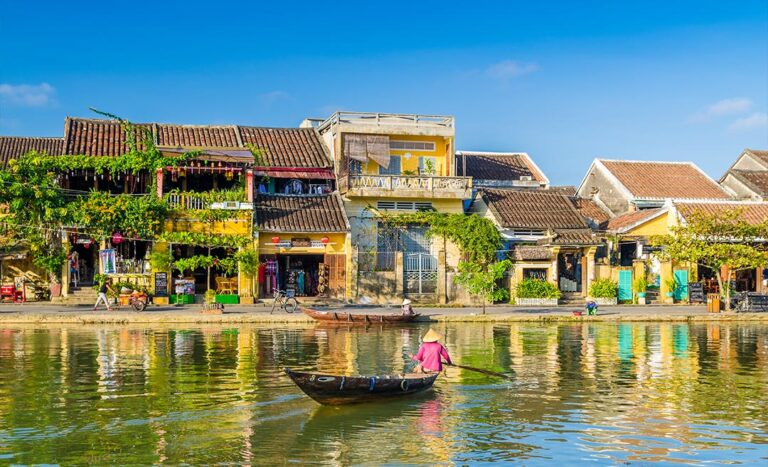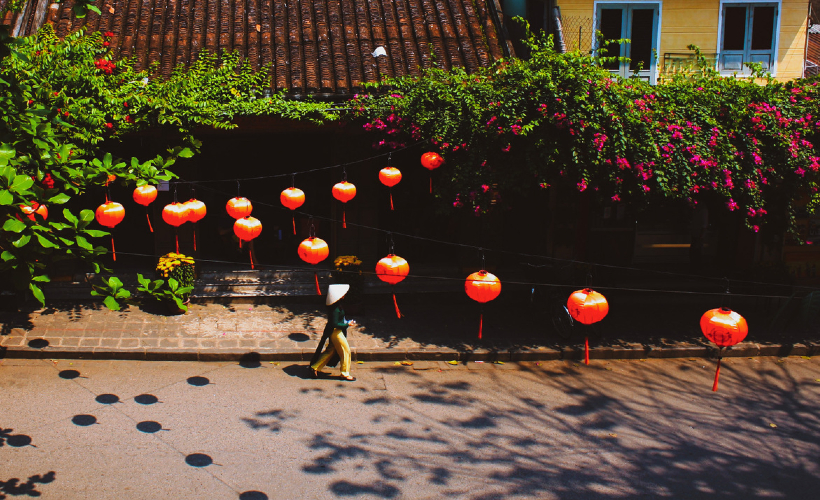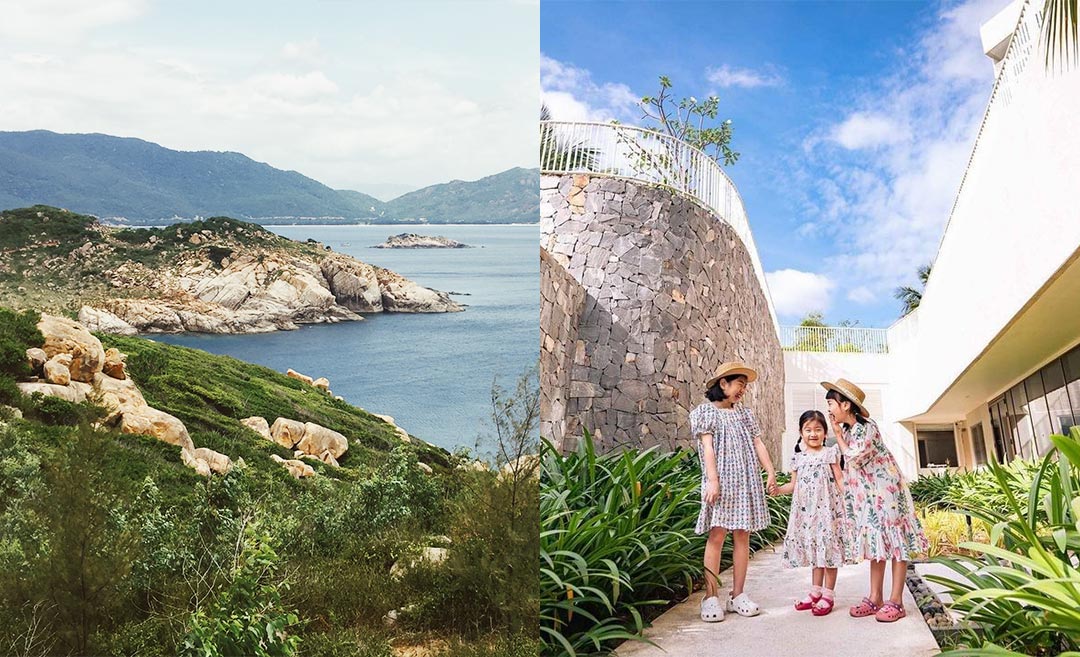Most trade in Hoi An today is focused on souvenir trade and goods and services for the happy throng of tourists who flock to this popular destination in Central Vietnam. Central Vietnam stands out for its ever-present remnants of the American War (what Americans call the Vietnam War), untouched beaches like My Khe (what many know as China Beach), and the historic port of Hoi An.
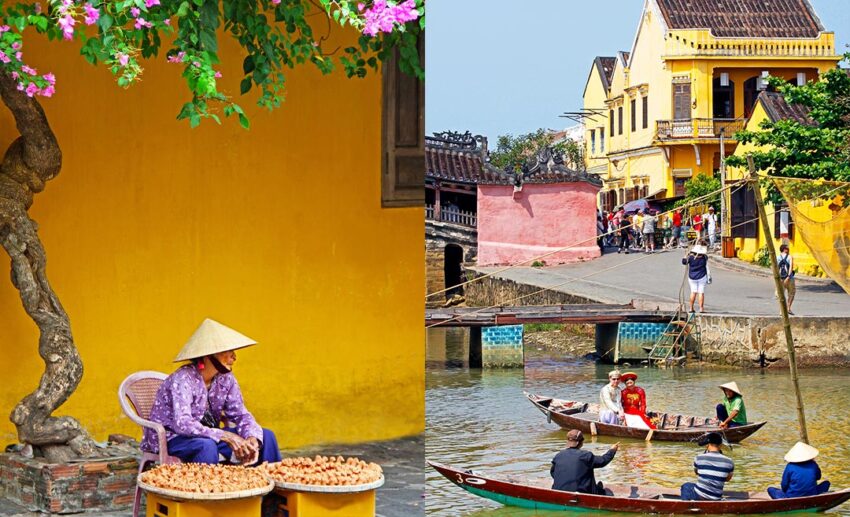
Da Nang is the international air gateway for coastal destinations, starting at Hué in the north and moving southward to Lang Co, Danang, My Khe Beach and Hoi An. While Hoi An is a destination in itself, those who have the time should fly into Da Nang on AirAsia and explore the region.
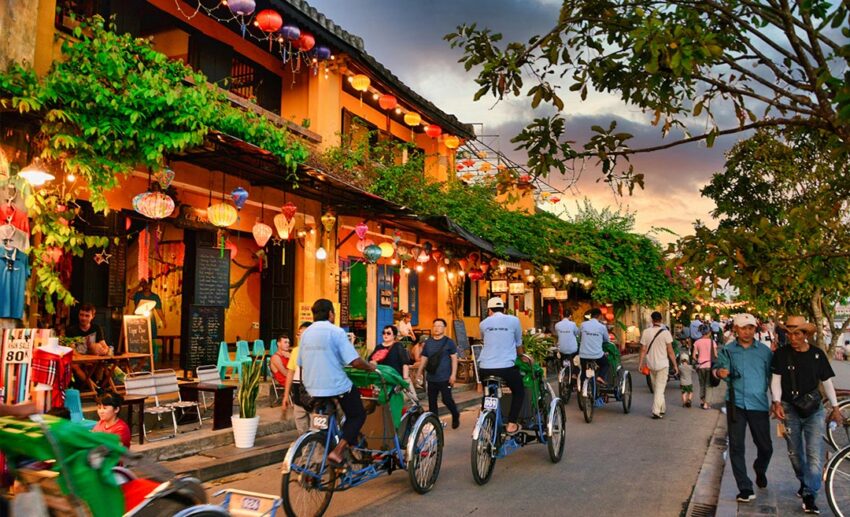
Located 30 km south of Danang, Hoi An is one of the best-preserved historic ports in the region. Melaka has some similarities, as both are UNESCO World Heritage Sites, and they previously came under foreign influence.
Hoi An’s history
Just as in Melaka and Macao, the Portuguese were the first Europeans to arrive in Hoi An, beside the Thu Bon River. During the Age of Discovery, the Portuguese were the pioneering European nation as explorers chartered global maritime routes in search of exotic products and treasures.
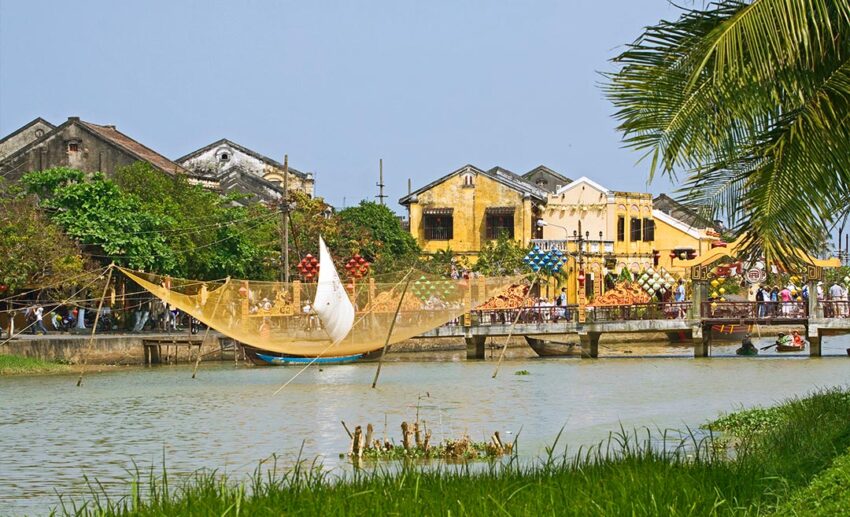
Portugal’s Prince Henry the Navigator supported this maritime exploration, which led to the opening up of Asia to European traders. In 1535, Antonio De Faria anchored off what is now Danang and then ventured southward to Hoi An.
Not long after, Vietnamese goods like silk, ceramics, and spices were traded with European profiteers. Mulberry farms and village-based silk production flourished, and in the ensuing years, Dutch, British, Chinese, Japanese, and French traders visited Hoi An.
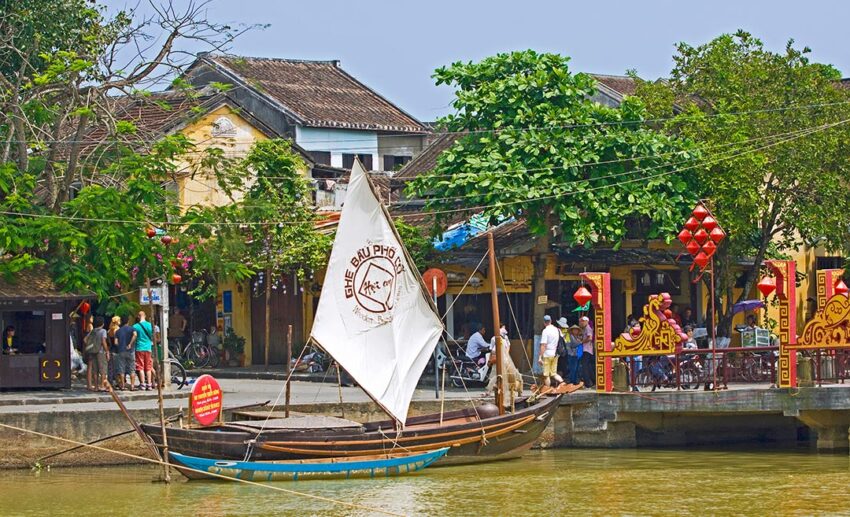
The riverside port provided the perfect base to establish a township; much remains unchanged today. While most maritime trade has ceased, the river is still an important link to the outside world and a source of recreational enjoyment for many visitors who hire boats for a journey of discovery.
Hoi An’s biggest asset is its preserved buildings and the lack of modern ones within the car-free historic core. Some 800 historic buildings survived the war and are now protected as the Hoi An Ancient Town UNESCO World Heritage Site. However, commercialism reigns supreme in Hoi An. The activities in most shop lots are geared toward catering to the thousands of tourists who visit daily.
Heritage attractions of Hoi An
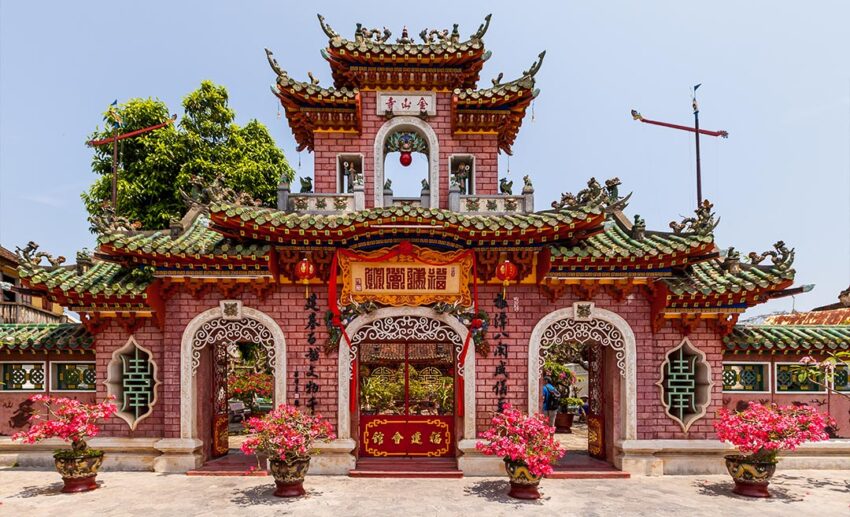
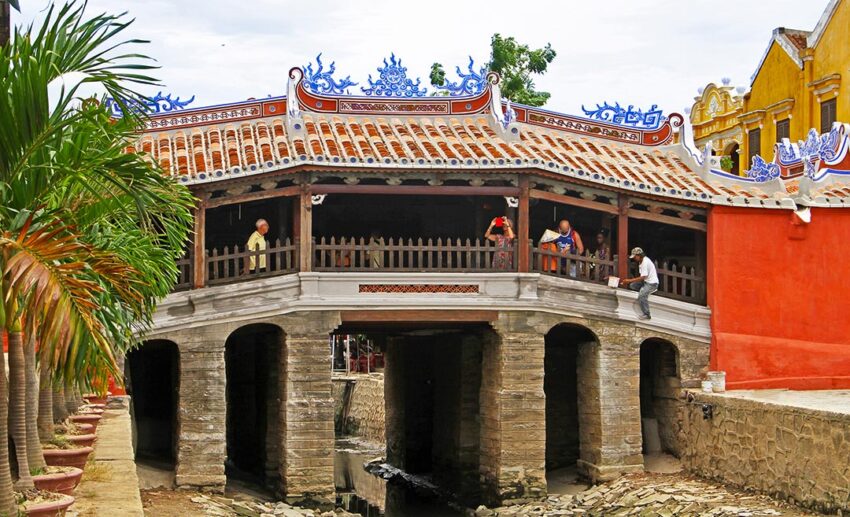
Hoi An is home to 90 pagodas, temples, communal houses, 82 ancient terrace houses, 24 ancient wells, and an ancient bridge. Japanese merchants arrived in Hoi An in 1560 and soon began to trade, with the port eventually becoming known as a Japanese town.
The most important historic site is the covered Japanese bridge that was built in the 1590s and has just been renovated to make it look maybe too new for some visitors. The bridge is associated with a temple; for historians, it represents the perfect combination of structure and form.
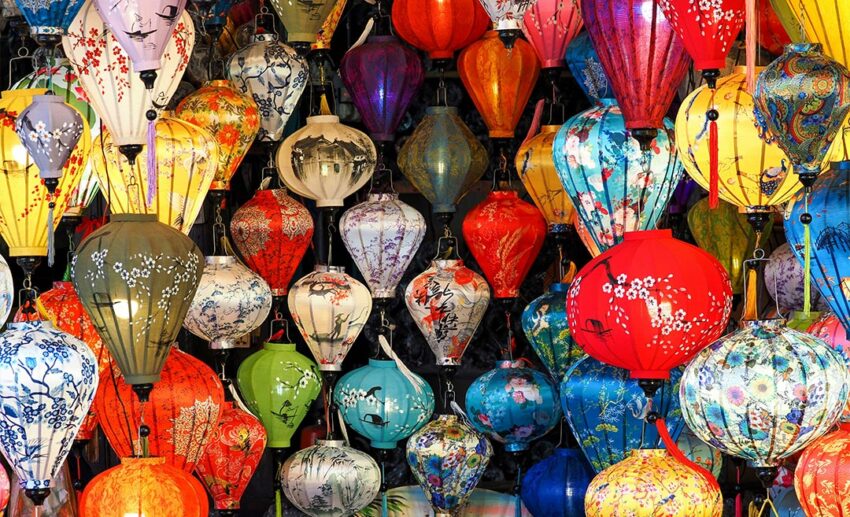
Hoi An is also known for its colourful lanterns, which adorn almost every surface and are an essential purchase for most tourists. These lanterns create a wonderful setting, with their reflections illuminating the river and the riverbanks.
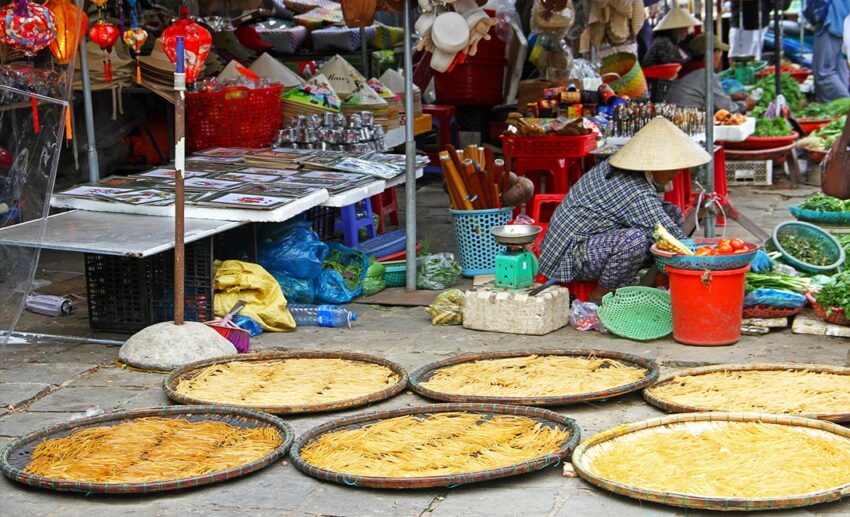
Markets are always popular, and Hoi An doesn’t disappoint, especially considering it has always been a market town. Known as Cho Hoi An, the markets face the river in the centre of the Old Town. They present numerous photo opportunities, but it is important to remember they are markets used by locals daily and are pretty busy.
Food streets for the foodies
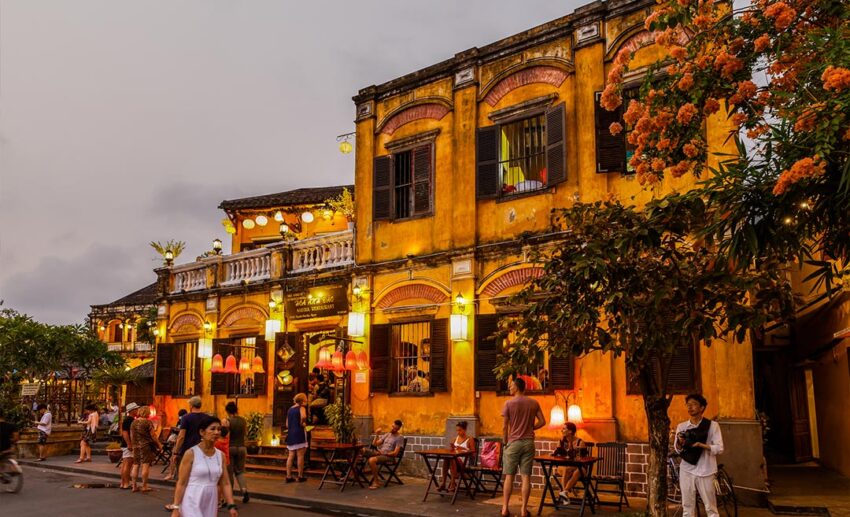
Hoi An is an established tourist town with many dining options catering to those who can’t do without their daily quota of banana pancakes and pizza. However, with an abundance of Vietnamese food, visiting Hoi An and not trying the delicious local food served in various outlets would be a shame.
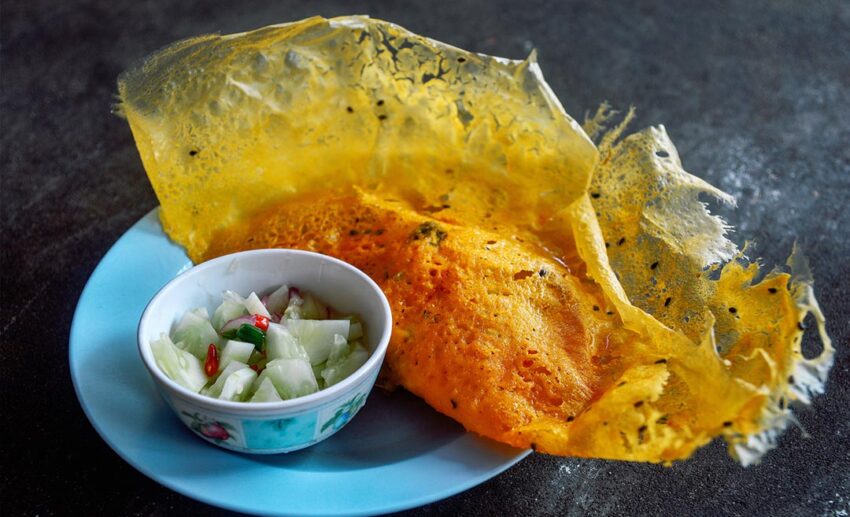
Some dishes to seek out include cao lau (noodles), mi quang (a noodle dish from Quang Nam Province), gom ga (Vietnamese chicken rice), and pho (noodle soup). Grilled fish with fresh tamarind cooked in a banana leaf, Vietnamese caramelised fish in a clay pot, poached crab in beer, Vietnamese prawn curry, and beef curry in coconut juice are some of the other local favourites.
For its simplicity and amazing taste, the dish that captured my attention was a Vietnamese omelette (trung chien), brimming with prawns, shallots, sprouts, and fresh green herbs on the side.
Relaxation at the ritzy Anantara
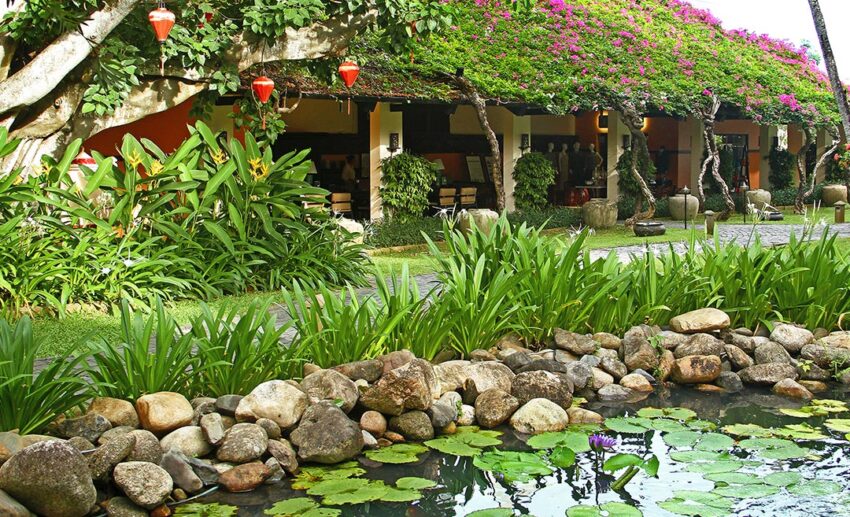
Most accommodation within the UNESCO core heritage zone is located within existing buildings and, as such, is boutique in nature. In my pre-visit research, the 92-room Anantara Hoi An Resort captured my attention for its urban location but resort-style accommodation. Located within walking distance of the heritage core zone, the riverside location, lush tropical gardens, swimming pool, and spa meant that I could have been staying in a coastal resort.
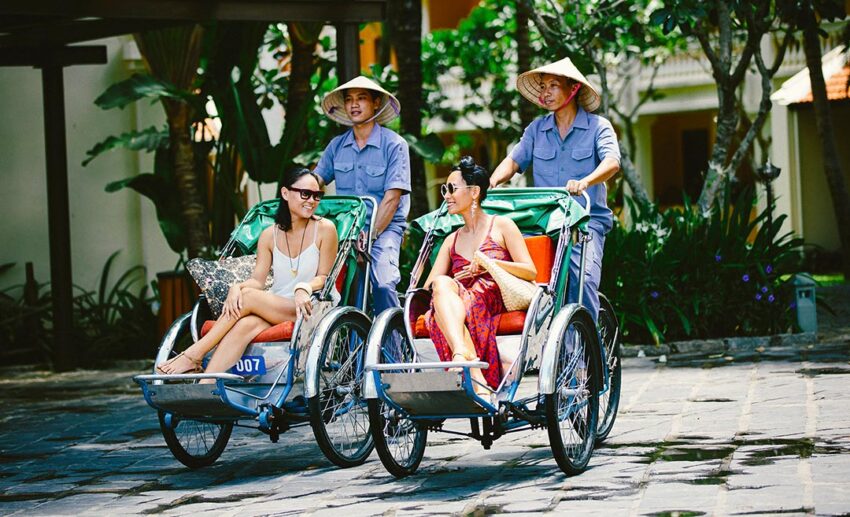
However, the historic shoplots and houses at the front entrance reinforced that I was staying in a unique, heritage town. I especially enjoyed lunch in the resort’s Art Space and admired the food, the tempting wine list, the local art, and the impactful images of a French photographer, simply referred to as Réhahn.
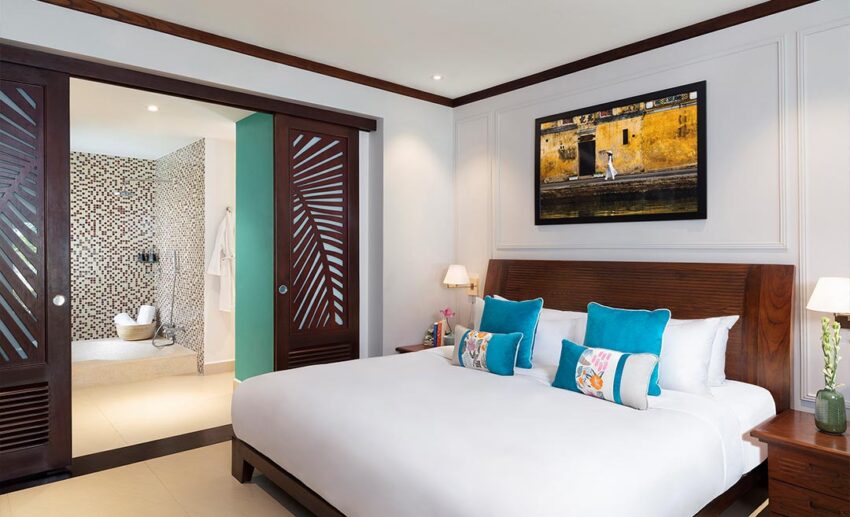
The beaches north and south of Hoi An have been developed for tourism, with numerous luxurious beachfront resorts all the way north to Danang. Hoi An was established in the 16th century; it thrived in the 17th and 18th centuries but declined in regional importance in the 19th century. It was revived in the late 20th century with its new role as a destination for increasing numbers of inquisitive global visitors.
Hoi An travel tips
Getting there from Kuala Lumpur: AirAsia operates direct flights from Kuala Lumpur to Danang, and from here, Hoi An is 30 km to the south with excellent transport connections.
Accommodation and getting around: The Anantara Hoi An Resort is a great choice, and can organise transfers from and to the airport. The resort can also arrange for cyclos for those who want to see the town in a relaxed style. Guests travelling south of Hoi An may also want to ride on The Vietage by Anantara Luxury Railway Carriage, operated by the resort. These carriages are attached at the rear of the public train to enable travel to Dieu Tri (for Anantara Quy Nhon) or Nha Trang.
Where to stay: Anantara Hoi An Resort is an ideal base to discover Hoi An as it offers amazing riverside or garden views and has some excellent restaurants and bars.
For more info: Quang Nam Tourism, Vietnam Tourism, and Visit Hoi An.
David Bowden is the author of Enchanting Vietnam.
All images are by author unless specified otherwise.
